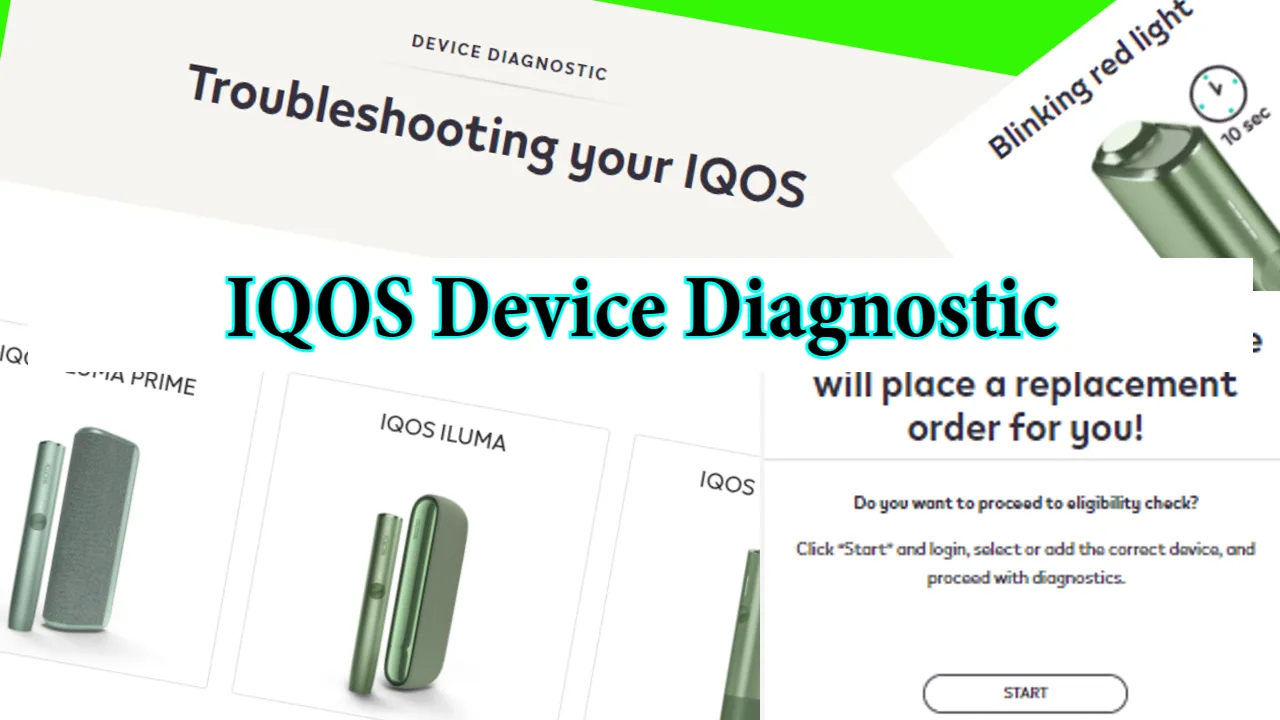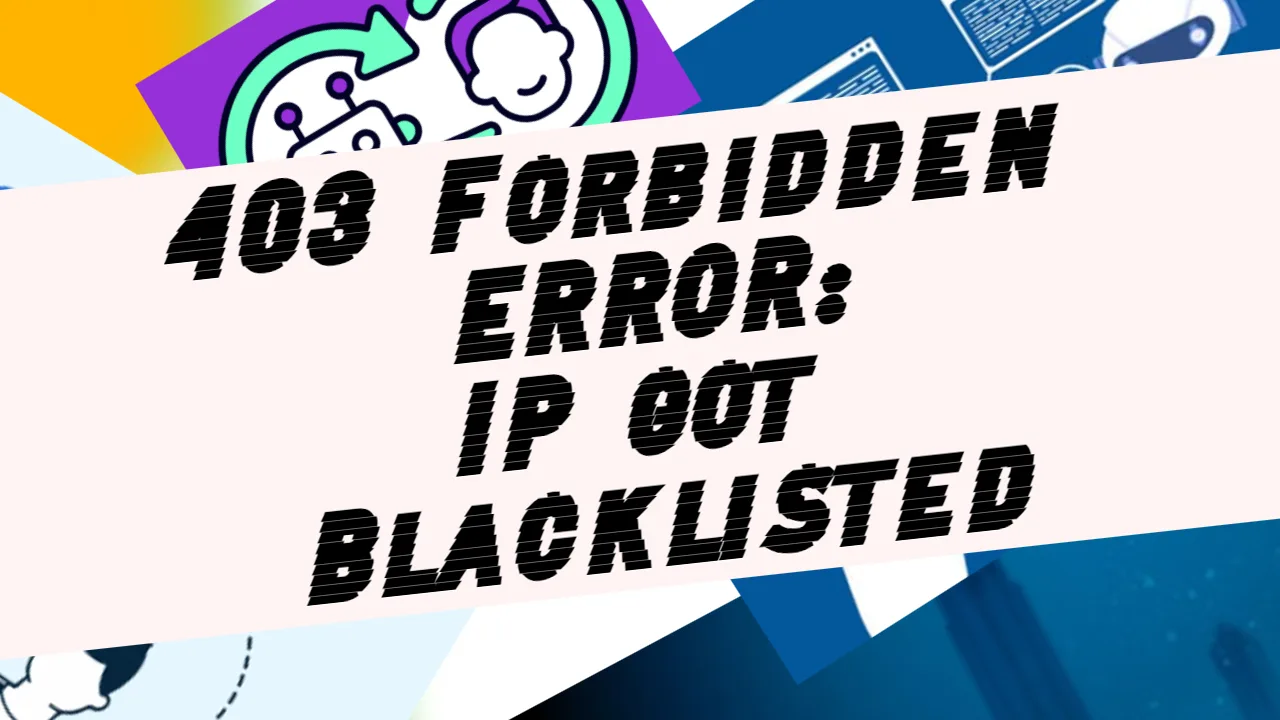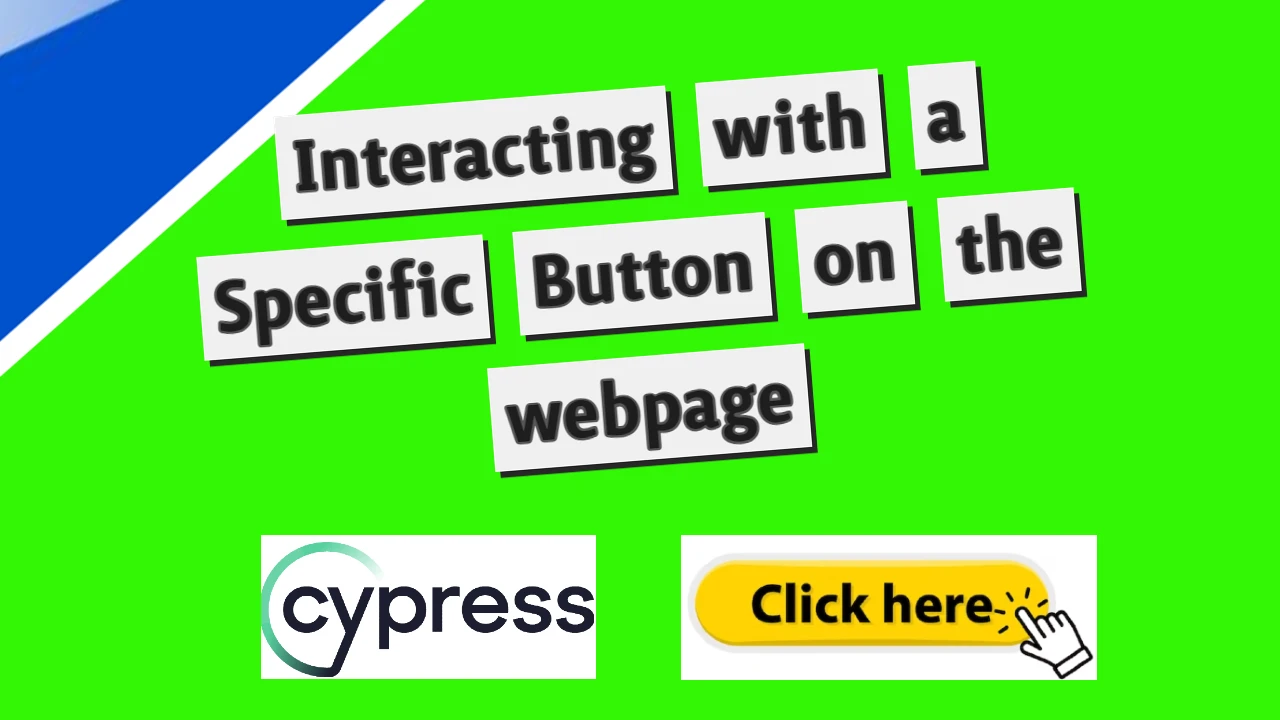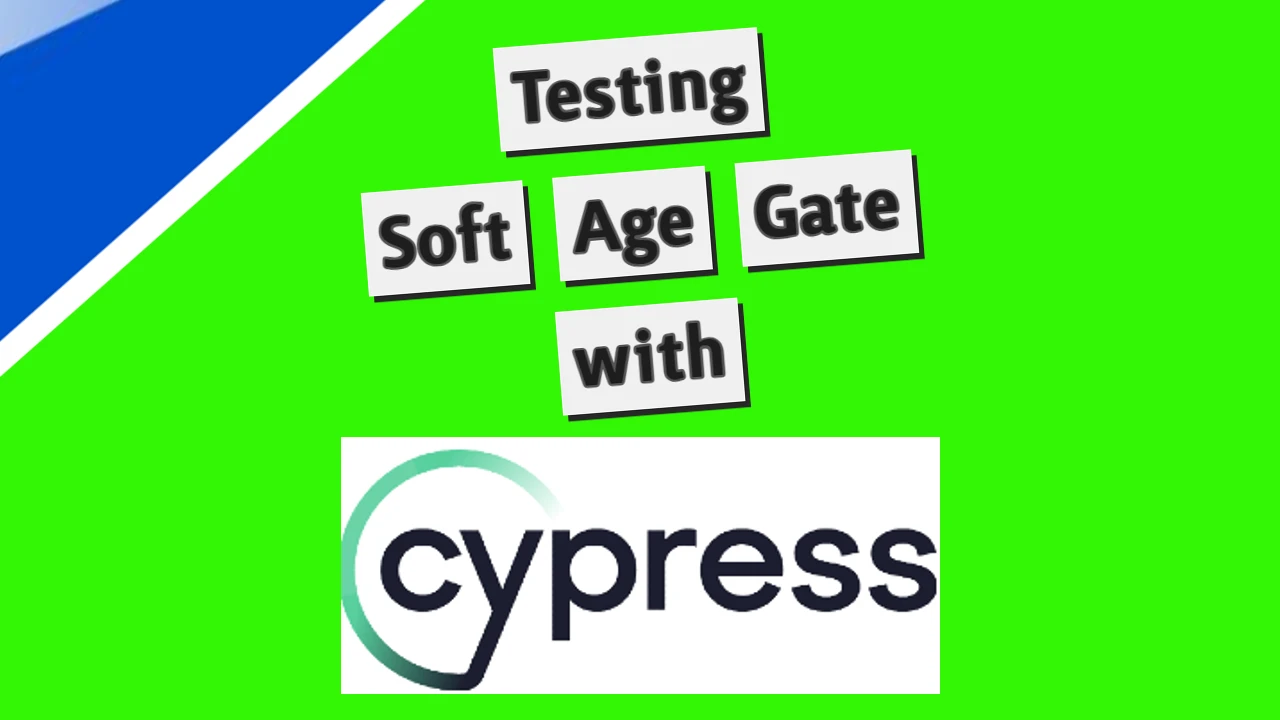Practicing Agile methodology for website development at our company emphasizes continuous communication between the client and our team. This ongoing collaboration ensures alignment, timely feedback, and the flexibility to adapt to changes throughout the project lifecycle, ultimately leading to more efficient and successful website delivery.
This methodology also includes separating projects into smaller pieces. Simply put, we forward the project to the client in smaller pieces instead of one final piece. Since our products are websites, instead of forwarding them the whole website, we forward it to them page by page.
In this text, I will explain the Agile methodology based on my experiences as a quality assurance analyst at Centrade Cheil Adriatic and Philip Morris International.
Daily meetings – internal + with the client
Each day, the team holds a daily standup meeting (lasting no more than 15 minutes), where every member shares:
- What they accomplished the previous day
- Their plan for the day
- Any blockers they are currently facing
Client Involvement: While the client does not participate in daily standups, they receive regular updates. These updates are typically shared through progress reports during Microsoft Teams meetings, where the project manager and sometimes the QA engage with the client team. Additionally, communication often takes place via Jira to ensure smooth project tracking.
Slack is Agile!
In addition to formal meetings and project management tools, we rely on Slack for regular internal communication. Slack allows our team to communicate in real time, facilitating quick decision-making, sharing updates, and addressing issues as they arise.
For example, discussing minor details related to the project or resolving small issues directly in Jira comments can be too time-consuming and inefficient. Instead, we use Slack to quickly address these matters in a more informal and dynamic way. Once we’ve reached a resolution or decision through Slack, we can then document the outcome in Jira for proper tracking and project transparency.
By using Slack, we ensure that everyone stays connected and informed throughout the day, streamlining workflows and maintaining alignment on project tasks. This real-time collaboration platform has become an essential tool for our day-to-day operations, enabling seamless communication across all team members, regardless of their location.
Client Interaction:
The process begins with an initial meeting between the team and the client to thoroughly understand the project’s high-level objectives. Whether the client requires a new website, an e-commerce platform, or updates to an existing system, this phase is crucial for aligning the team’s understanding with the client’s expectations. The goal is to capture the broad vision and specific outcomes the client aims to achieve.
In this phase, it’s crucial to clarify a few key aspects to ensure we have a comprehensive understanding of the project:
- Which project are we working on? It’s essential to identify whether the project is related to IQOS, VEEV, ZYN, or another brand. Knowing this helps us tailor our approach based on the brand’s specific needs and characteristics.
- Nature of the project: We need to determine whether we are building the project from scratch or updating an existing product. This distinction will significantly impact our planning, timelines, and resources.
- Project scope: It’s vital to define the full scope of the project—whether it involves building or enhancing a website, web shop, device diagnostics (custom web app), Storecoach, Fieldcoach, or other systems. Understanding this scope ensures alignment on the overall objectives and deliverables.
- Team responsibilities: Lastly, we must establish what is within our team’s scope to configure. This includes defining which parts of the project we are responsible for and setting clear boundaries on tasks belonging to other teams or partners. This step prevents confusion and ensures efficient project execution.
Asset review
Before any configuration begins, our QA team conducts a thorough asset review. The market provides all the essential materials and documentation required for configuration. These materials include a content matrix, SEO documentation, assets such as images, PDFs, and videos, product listings, and other relevant resources.
This step ensures everything is in place and aligned with project requirements before proceeding with the configuration process.
These are some typical scenarios of asset reviews:
Case 1: The assets weren’t provided as requested, some stuff is missing, or there are some additional questions.
Assets provided –> QA feedback to the client –> Waiting on client feedback.
Case 2: The asset review results are passed. Everything was provided as requested so the team could begin the configuration.
Assets provided –> QA confirmation –> The configuration begins
Feedback
Feedback plays a pivotal role in our Agile methodology, serving as the backbone of our iterative approach. Allow me to delve into how we implement this process.
Our projects primarily focus on web pages, which are categorized into several types: editorial, functional, setup, blueprint, and more. These pages are the core components we develop and refine. In addition to web pages, we manage the integration of these platforms with key e-commerce systems such as SAP Hybris, Syndigo, and Salesforce to ensure seamless functionality across the digital ecosystem.
A crucial aspect of our Agile workflow is that while awaiting client feedback on one portion of the project, we immediately proceed with another set of tasks—whether it’s another category or group of web pages or integration elements. This proactive approach ensures we optimize our time, allowing us to work efficiently without unnecessary delays. Moreover, by advancing to the next phase before feedback is received, we create additional opportunities for thorough re-testing, ultimately ensuring that every aspect of the project is polished and ready well before the Go-live date.
This cycle of continuous development, feedback, and refinement helps us maintain momentum and guarantees higher-quality outcomes by the time the final deliverables are due.
Answering the Feedback
An essential part of addressing client feedback is reviewing it within the context of the project scope. We assess whether the requests are feasible, identify any areas that may require negotiation, and often provide suggestions or recommendations from our side to enhance the final outcome.
Review the client’s feedback
It’s ideal to anticipate potential client questions based on the feedback we receive, as this helps save time. The sooner we provide our feedback to the market, the sooner we can expect a response in return. However, there are instances where unforeseen issues arise, and feedback may need to be sent back to the client after a configuration has already been implemented or attempted based on the initial feedback.
The QA plays a crucial role in the feedback review process. They must quickly determine whether the request falls within the scope of our team or needs to be addressed by another team. Additionally, the QA should anticipate any potential issues that could arise from the client’s request. Attention to detail is essential, ensuring that all previously asked questions have been answered and nothing is overlooked. If anything is missing, it up to the QA to notice and report it.




